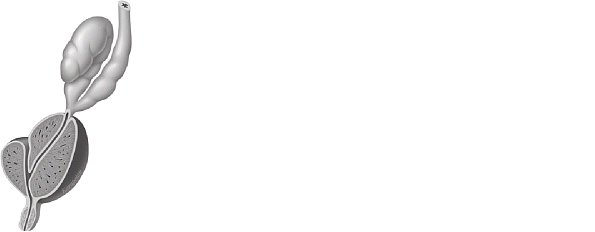FRIDAY, DAY 5
SEXUALITY AND REPRODUCTION
Seminal Vesicle
Even though a single drop of semen contains hundreds of millions of sperm, the majority of it consists of a fluid made by the seminal vesicles. This pair of small, fingerlike glands behind the bladder secretes a thick, yellowish liquid that mixes with the sperm and prostate fluid before ejaculation. The fluid contains sugars to fuel the sperm’s journey, enzymes to increase their speed, and chemicals called prostaglandins that thin the mucus that guards the entrance to the woman’s cervix.

Although each seminal vesicle measures only 2 inches in length, it houses a 6-inch-long coiled tubule surrounded by a layer of connective tissue. The tubule comprises an inner lining, a mucous membrane, and a thin layer of muscle. The mucous membrane secretes the seminal fluid. Like an expanding suitcase, the membrane remains folded up when there’s little liquid, but grows to accommodate the fluid during sexual activity. At ejaculation, the muscular tissue contracts to empty the vesicle into the ejaculatory ducts. There, the fluid mixes with the sperm that have recently been released from the vas deferens. This liquid then travels up to the man’s urethra, where it joins with fluids from the prostate before being expelled from the body.
ADDITIONAL FACTS
- In rare cases, infections and disorders of the seminal vesicles can cause infertility.
- Seminal vesicles produce about 60 percent of the semen.